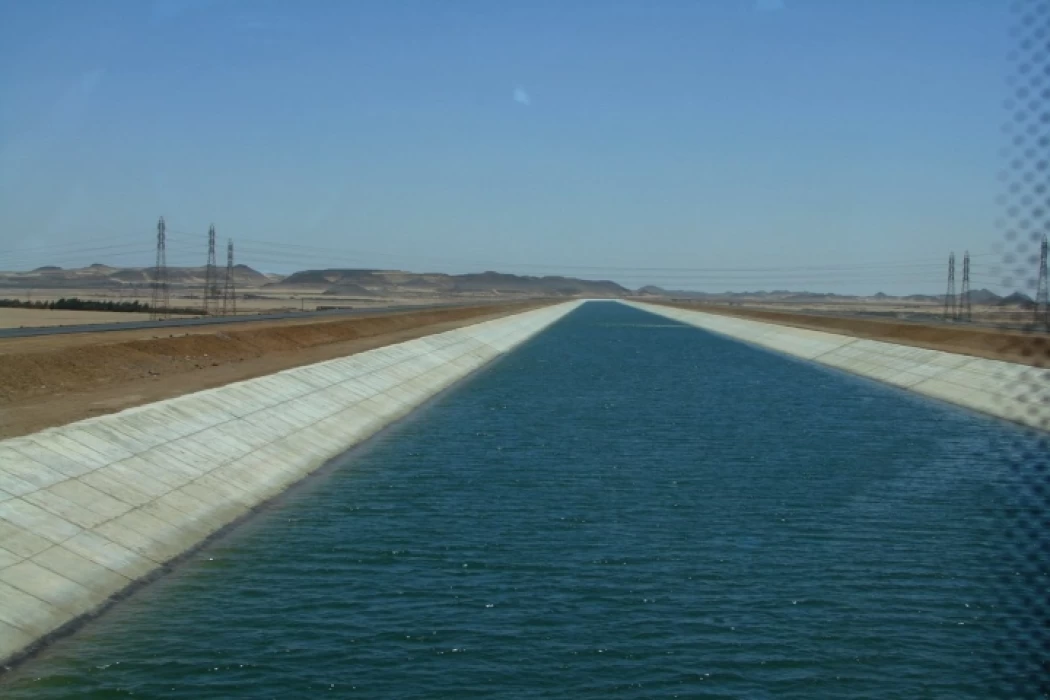
Toshka project of Egypt
Toshka project | Toshka lakes
The Toshka project is a model to be emulated in the field of agricultural development in Egypt and the world, as it is capable of creating agricultural industrial clusters, creating new urban and population clusters, in addition to providing direct and indirect job opportunities. It is a gateway of hope and goodness for an agricultural and industrial renaissance that provides our needs for agricultural crops and secures our food future, until the dream of cultivating 3 million acres is completed through a group of huge national projects that all seek to exploit modern technologies and available resources efficiently.
The Toshka Agricultural Project has been analyzed in a report developed by the Egyptian Center for Thought and Strategic Studies, which shows that the project embodies the Egyptian vision of increasing agricultural productivity, improving environmental conditions, and providing food for its residents all at once through desert reclamation. The project assists in the realisation of the national objectives of food security and economic growth. It is also regarded as a component of Egypt's biggest agricultural initiatives, which seek to reclaim land in order to improve food security and boost the country's economy. Beginning in the 1960s, the project's concept was first conceived. The idea of the project was first conceived in the 1960s. It was announced and foundations laid in January 1997 but there were some challenges to its
realization until President Sisi breathed life back into it in 2014 as a constituent aspect of the country’s strategy to increase the populated region from 5% to 25% of the land of Egypt, including all the sociological, constructive and economic factors that would come with it.
In addition to the enormous financial capabilities, the project requires the Nile waters to reach lands with higher levels and highly saline soil through a seven-kilometre-long granite wall. The state agencies have worked together to overcome the obstacles and reclaim 430,000 acres - including 140,000 acres in Toshka - at a cost exceeding 180 billion pounds so far.
The state has succeeded in reviving the project during the past few years by completing the construction of the infrastructure for the first and second phases of the project and overcoming all obstacles. No less than 8,000 tons of aggregates were used to overcome the granite wall and carry out leveling works. A number of canals and main and secondary roads were constructed. Among the most important infrastructure projects that were implemented were the electricity works to feed the pumping stations and the pivot irrigation devices.
1,500 roads were implemented with variable widths up to 10 meters and a total length of 1,600 km, and settlement works were implemented for 1,403 plots of land for agricultural use with pivot irrigation with an area of 140,000 acres, and canals were dug with a total length of 135 km with variable widths up to 39 meters, in addition to establishing 109 industrial works.














